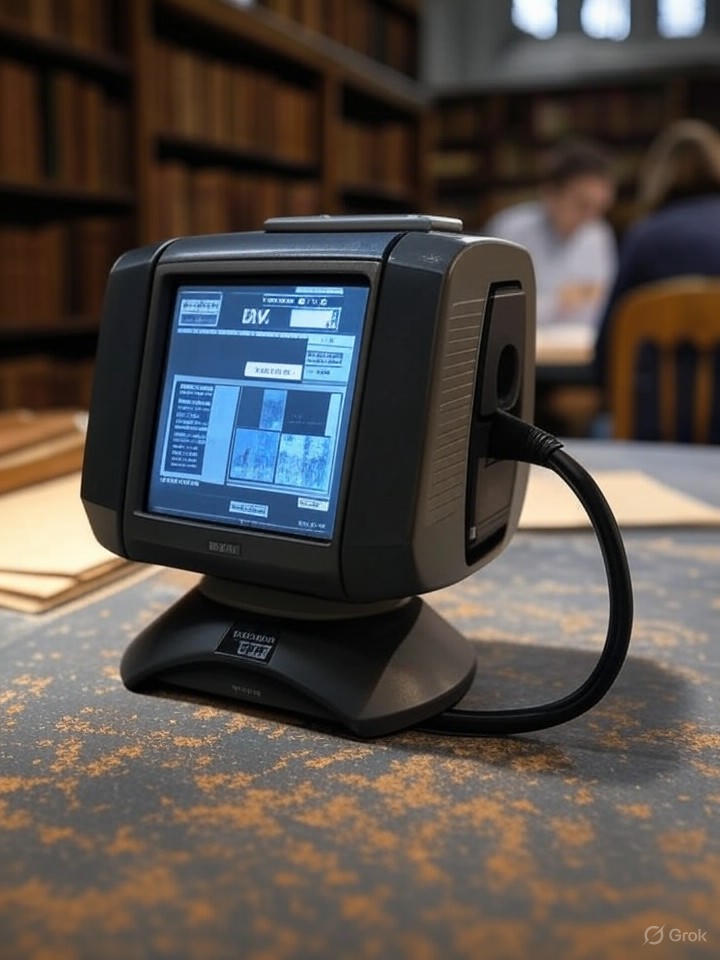The competition for observation time on the James Webb Space Telescope (JWST) has reached an unprecedented level, with a record 2,900 proposals submitted for its fifth observing cycle. This figure marks a significant increase from the 2,377 proposals received in the previous year, highlighting the growing interest in utilizing this powerful space telescope. The Space Telescope Science Institute (STScI), which oversees the JWST’s science and mission operations, is tasked with evaluating these ambitious requests.
As the JWST approaches its fifth year of operation, more astronomers are discovering its capabilities. The number of unique researchers leading proposals has grown by 17% this year, indicating a broader involvement in the telescope’s exploration program. STScI’s recent press release noted that new features introduced for this observational cycle, such as the Long-Term Monitoring Initiative, are likely contributing to the increase in submissions. This initiative allows scientists to request observational time across multiple cycles, facilitating extended studies.
The current observational cycle is particularly significant as it marks the end of the JWST’s designed minimum operational life. Engineers anticipate that the telescope’s unexpectedly low fuel consumption could enable it to function for up to 20 years or more. Despite this potential longevity, the demand for observation time far exceeds availability. Each year, the JWST allocates approximately 8,000 hours for scientific programs, with the remainder reserved for maintenance and operational tasks. Consequently, STScI projects that only around 8% of the submitted proposals will be accepted.
Many proposals also depend on collaboration with other observatories, such as the Hubble Space Telescope and the Atacama Large Millimeter/submillimeter Array (ALMA). These interdependent requests require STScI to coordinate with mission planners from these facilities to ensure that science objectives can be met.
A dedicated group of 550 volunteer reviewers, known as the Telescope Allocation Committee, is responsible for assessing the proposals on a double-blind basis. This process aims to minimize bias by ensuring that reviewers do not know the identities of the proposers and vice versa. While this method is designed to create a fair evaluation process, reviewers familiar with specific research groups may still recognize familiar styles or topics.
The selections for the fifth observing cycle are set to be announced in March 2024, with the observation campaign scheduled to commence in July 2024. With a continually increasing number of proposals and a promising operational future, the JWST remains a vital tool for advancing our understanding of the universe.







